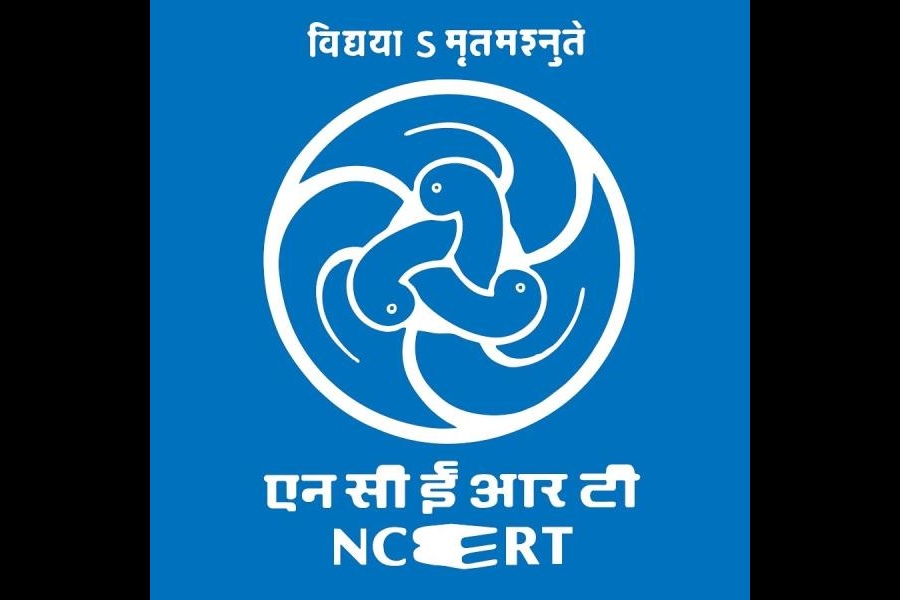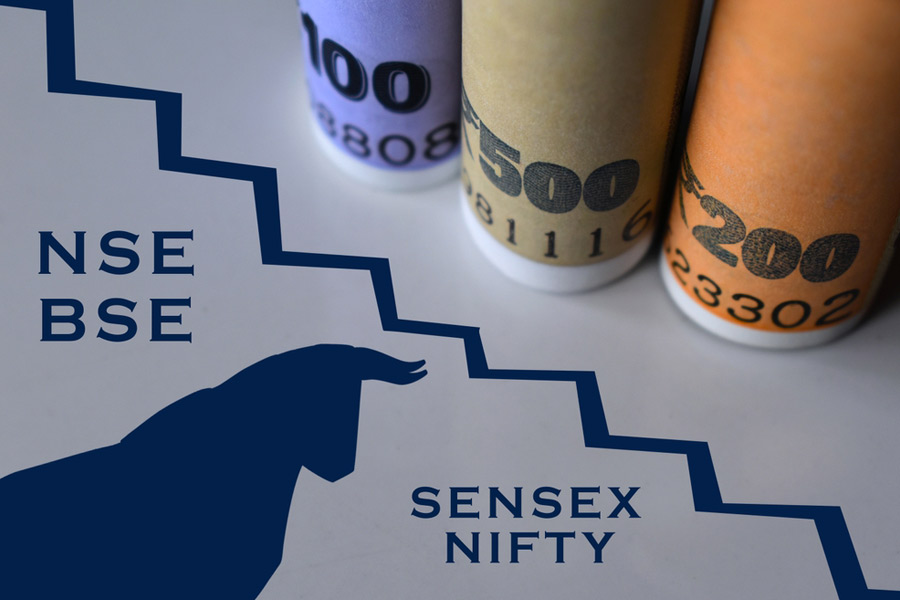
Salt Lake FE Block Residents’ Association organised a seminar on the Goods and Services Tax (GST) and invited Asim Dasgupta as chief guest. Dasgupta, a resident of the block and a former state finance minister, is also the chief architect of the GST.
In 2000, the then Prime Minister Atal Bihari Vajpayee had set up a committee to design a GST model, headed by Dasgupta. After working on the model for about seven years, Dasgupta headed another committee — formed by the then Prime Minister Manmohan Singh — to structure the GST bills.
When Dasgupta resigned as the head of the GST committee, after the Trinamul Congress brought an end to the Left Front rule in Bengal in 2011, 80 per cent of the work, by his own admission, had been completed.
So with Dasgupta in their midst, block residents voiced their opinions about the tax and also tried to got their doubts cleared.
“Nowhere in the world will you find such high rate of taxes. Small businessmen should have been consulted before passing this tax because it is the small businesses who have suffered most owing to GST. Some have even been forced to shut down,” complained Basab Basak, secretary of the Salt Lake FE Block Residents Association.

In defence of the system, Dasgupta said: “For all products used by specially-abled people we have kept the tax slab under 5 per cent. Also, we have seen more than 50 per cent rise in registered bodies of trade after the GST was rolled out. Finance ministers from 29 states in the country were consulted before the bill was made.”
Other residents questioned if there was any commission that would monitor the GST Council. To this, Dasgupta said: “No commission has yet been set up for this purpose. But I hope that the GST Council will slowly take up that role on its own.”
There were also some residents who talked about the queerness of the GST regulations. Some said buying prasad at temples would entail zero per cent tax but that making prasad involved paying taxes. For example, printed books entailed zero tax, but feeding bottles for children, drawing books, colouring books entailed 12 per cent GST.
Rik Das, chartered accountant and internet tax specialist, was also part of the panel. He said: “GST has been introduced for the overall development of India as a nation. There are several forms such as GST 1, 2, 3 which you can avail as per the position of your business at that particular point in time.”
He also spoke about the craze of pre-GST sales that had seemed to have engulfed the country. “A lot of loot happened in the name of GST. Some even called it a tax of dadagiri. But it has increased job opportunities for people who specialise in accounting. Now every business must hire a chartered accountant to keep its papers in order,” he added.
Are you satisfied with GST after the latest round of rate revisions?
Write to The Telegraph Salt Lake, 6 Prafulla Sarkar Street, Calcutta 700001 or email to saltlake@abpmail.com










